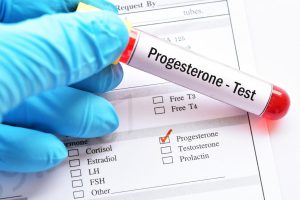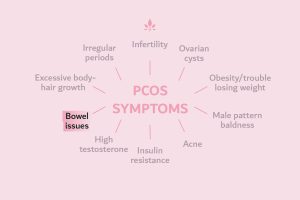Why Does Diagnosing PCOS Take so Long?

Unfortunately it can take time to establish the presence of these predominant PCOS symptoms. In fact, for many women, a problem is only identified when they struggle to conceive, despite actively trying for a period of time. Discerning the root cause of any suspected infertility is far from straight forward and requires comprehensive testing of both partners in a relationship.
Menstrual irregularities would certainly suggest that the female has an underlying issue of some sort, but even then doctors will usually test for other conditions, such as thyroid disorders and hyperprolactinaemia, first. Furthermore, as described above, anovulatory cycles in isolation are insufficient grounds on which to base a diagnosis of PCOS.
Identifying either of the other driving symptoms may take time. Cystic ovaries are, in general, asymptomatic; and if physical signs of hyperandrogenism are absent, a female may have biochemically elevated androgen levels, without knowing about it.
As with menstrual disturbances, in cases of hyperandrogenism, other conditions will usually be tested for first. These might include congenital adrenal hyperplasias and androgen-secreting tumours. Clearly, conditions that are potentially life-threatening need to be discounted early on in the diagnosis process, but this might mean a further delay in reaching a positive PCOS diagnosis.
Cushing’s syndrome is rare, but the symptoms of that disorder are similar to those seen in women with PCOS; for example, menstrual irregularities, hirsutism and acne. Therefore, the disorder is often screened for, even when PCOS is strongly suspected.
Read more about Problems With Traditional Diagnosis of PCOS










